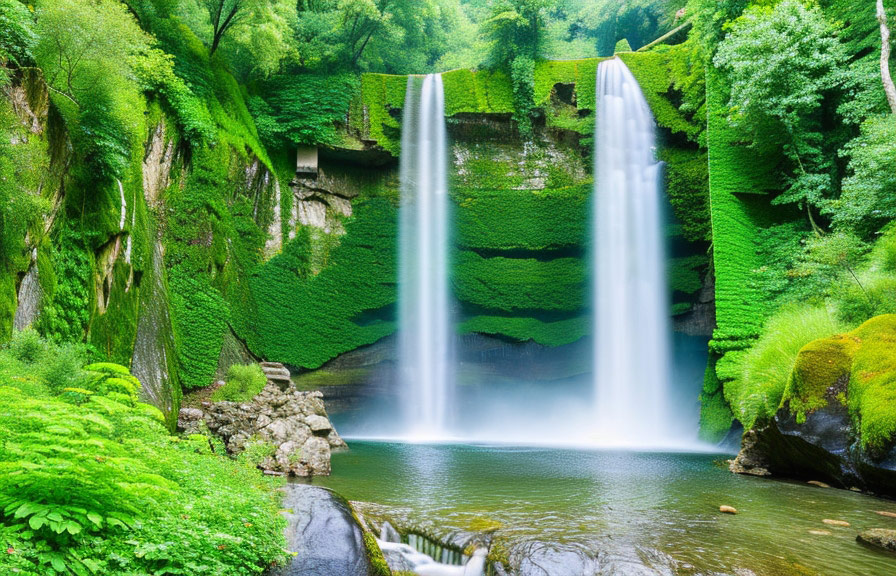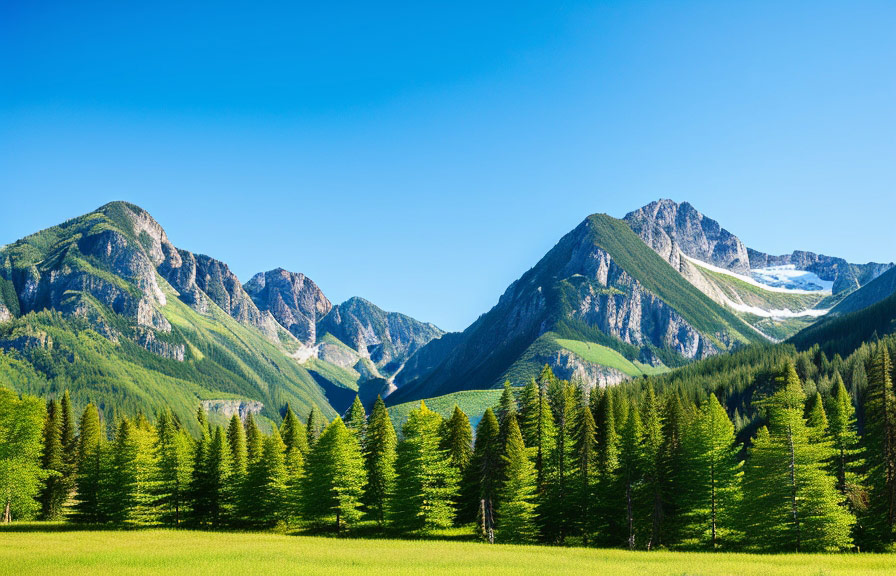Did you know that landscape photography dates back to the early 19th century? it's true! since then, photographers have been capturing the beauty of nature and sharing it with the world. today, we'll explore how you can take stunning landscape photographs using simple equipment and answer some common questions about landscape
Photography.
The best settings for landscape photography
When it comes to capturing the perfect landscape shot, settings are crucial. here are some tips to help you get started:

1. Aperture: for landscape photography, you'll want to use a small aperture (high f-number) to ensure a large depth of field. this will keep everything in focus, from the foreground to the background. aim for an aperture setting between f/8 and f/16.
2. Shutter speed: depending on the conditions and your desired effect, you may need to adjust your shutter speed. for static subjects, a shutter speed of 1/125th of a second or faster should suffice. if you want to capture motion, such as flowing water, you may need a slower shutter
Speed of 1 second or longer.
3. Iso: to minimize noise and maintain image quality, it's best to use the lowest iso setting possible. start with an iso of 100 and increase it only if necessary to achieve the correct exposure.
4. Focus: to ensure sharp focus throughout your image, use manual focus and set your focus point at the hyperfocal distance. this is the point at which everything from half the distance to the camera to infinity will be in focus.
5. Exposure: to achieve a balanced exposure, use the camera's histogram feature to ensure that highlights and shadows are well-represented. experiment with exposure bracketing to create a range of exposures that can be blended together in post-processing.
The best lenses for landscape photography
The choice of lens can greatly affect the outcome of your landscape photos. here are some popular options:
1. Wide-angle lenses: these lenses are ideal for capturing vast landscapes, as they have a wide field of view. look for a lens with a focal length between 10mm and 24mm for the best results.
2. Telephoto lenses: while not as commonly used for landscapes, telephoto lenses can create stunning, intimate scenes by compressing the elements in a scene. choose a lens with a focal length between 70mm and 200mm to achieve this effect.
3. Prime lenses: known for their sharpness and image quality, prime lenses are a great choice for landscape photography. a 24mm or 35mm prime lens can be a versatile addition to your kit.
Fun fact: the world's largest photograph, known as "the great picture," is a landscape image measuring a whopping 31 feet by 107 feet! it was created using a massive pinhole camera and required more than 80 volunteers to develop the film.
How to find and photograph landscapes
Once you have your equipment and settings ready, it's time to venture out and capture the beauty of nature. here are some tips for finding and photographing landscapes:
1. Research: before heading out, do some research on potential locations. use online resources, such as google earth and social media, to find stunning landscapes near you. additionally, consult local photographers and guidebooks for insider knowledge.
2. Timing: the golden hours, which occur shortly after sunrise and before sunset, are ideal for landscape photography. during these times, the light is soft, warm, and directional, enhancing the colors and textures in your scene.
3. Composition: keep the rule of thirds in mind when framing your shot. place points of interest along the lines or at their intersections for a balanced composition. additionally, try to include foreground elements to add depth and interest to your image.
4. Weather: don't let cloudy or rainy days deter youthese conditions can add drama and mood to your landscape photos. overcast skies can create soft, even light, while storms can bring out striking colors and textures.
5. Experiment: try shooting from different angles and perspectives to find the most compelling composition. use leading lines, such as roads and rivers, to draw the viewer's eye through the image. and don't forget to look for interesting patterns and textures in the landscape.
Here's an interesting fact you may not have heard: the world's first color photograph, taken by james clerk maxwell in 1861, was actually a landscape image. it showcased a tartan ribbon against a backdrop of green foliage.
In summary, capturing stunning landscape photos doesn't require expensive equipment or advanced technical skills. by understanding the best settings for landscape photography, choosing the right lens, and following tips for finding and photographing landscapes, you can create breathtaking images that showcase the beauty of our natural world.
So grab your camera, head outdoors, and start exploring the art of landscape photography!
